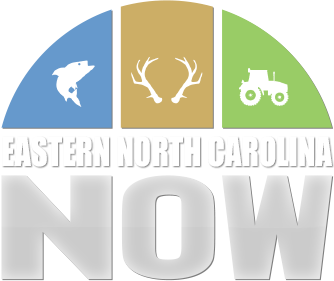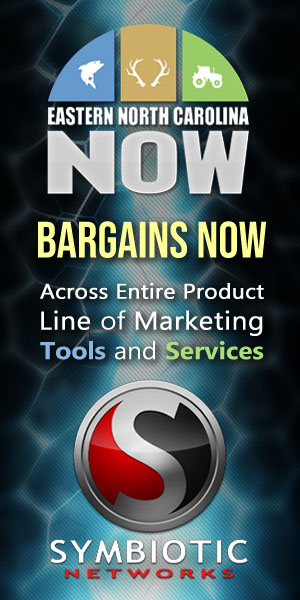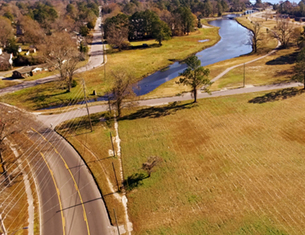Publisher's note: The article below was prepared by the Carolina Journal staff, and originally appeared in the Carolina Journal, which, because of Author / Publisher Hood, is inextricably linked to the John Locke Foundation.
Data rebut wild claims about efforts to 'destroy,' 'dismantle' public schools
RALEIGH Net growth in the percentage of North Carolina students attending schools of choice between 2001 and 2010 posed no threat to traditional public school enrollment. That's a key conclusion in a new
John Locke Foundation Policy Report.
"Opponents of school choice treat it as a dire threat,"
said report author
Dr. Terry Stoops, JLF Director of Education Studies. "That includes N.C. State Board of Education chairman Bill Harrison's recent comment that this year's proposed education tax credit bill amounted to the latest effort to 'dismantle public education.'"
"But the hard facts linked to school choice don't match the rhetoric," Stoops added. "The traditional public school system remains the primary provider of schooling for most North Carolina families."
Stoops documents state-by-state data on the percentage of students attending schools of choice compared to traditional public district schools. He notes how those percentages changed from 2001 to 2010. Stoops also documents specific enrollment data for private, charter, and home schools nationwide.
Within North Carolina, Stoops estimates the market share for schools of choice in each county.
"Martin County had the lowest percentage of students in schools of choice, 3 percent, while Northampton County had the highest percentage, 31 percent," Stoops said. "Though there's wide variation, the average county market share of North Carolina's public and private schools of choice -- charter, home, and private -- continues to grow. In 2011, their market share was 12 percent, a slight increase from two years ago."
A Canadian example suggests even more growth in school choice would not devastate enrollment in traditional public schools, Stoops said. "The western Canadian province of Alberta has one of the most liberal school choice programs in the world, allowing public funds to follow students to 2,100 public, private, French-speaking, charter, alternative, and parochial schools," he explained. "Despite near universal school choice, approximately 70 percent of Alberta's nearly 600,000 students still opted to attend a traditional public school."
Throughout the United States, growth in school choice options has not caused much change in public school enrollment, Stoops said. "In 40 of 50 states, the public school market share increased between 2001 and 2010," he said. "North Carolina was one of the 10 states with a net increase in the percentage of students attending a school of choice. But the magnitude of increase within those 10 states was trivial."
Stoops devotes attention to enrollment trends in North Carolina's private, charter, and home schools. "The number of private school students dropped by 4,600 between 2001 and 2010, while both charter school and home school enrollment have increased," he said. "Over that nine-year period, there was an 81 percent increase in home schools and a 74 percent increase in the number of home school students in North Carolina."
The data rebut the notion that school choice options threaten public school enrollment, Stoops said. "The popularity of private, charter, and home schools has not produced a significant enrollment shift away from district schools," he said. "This is consistent with expectations."
"The purpose of school choice is not to ensure that all children attend a private, charter, or home school," Stoops added. "Most proponents of school choice have little interest in dismantling public schools or privatizing primary and secondary education. Rather, they envision a system of school choice that ensures that all families have the capacity and means to choose the schools that best meet the needs of their children regardless of provider."

























